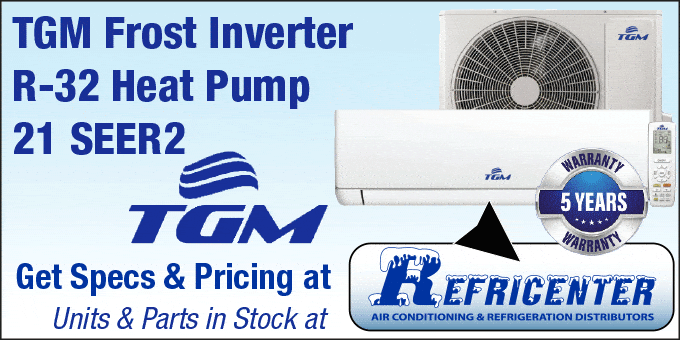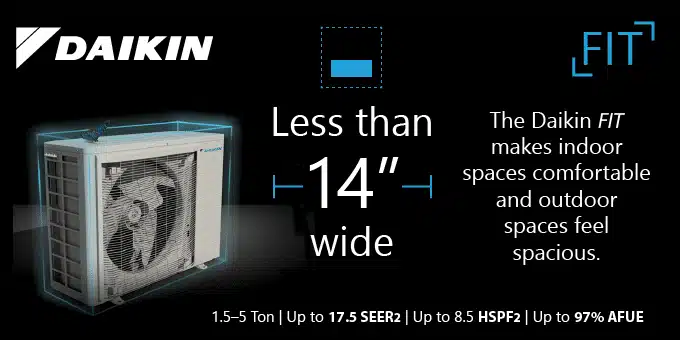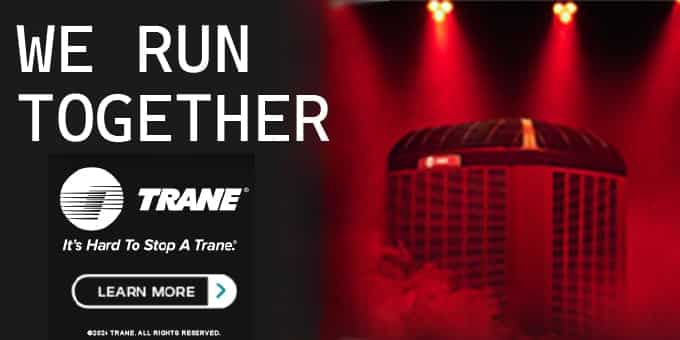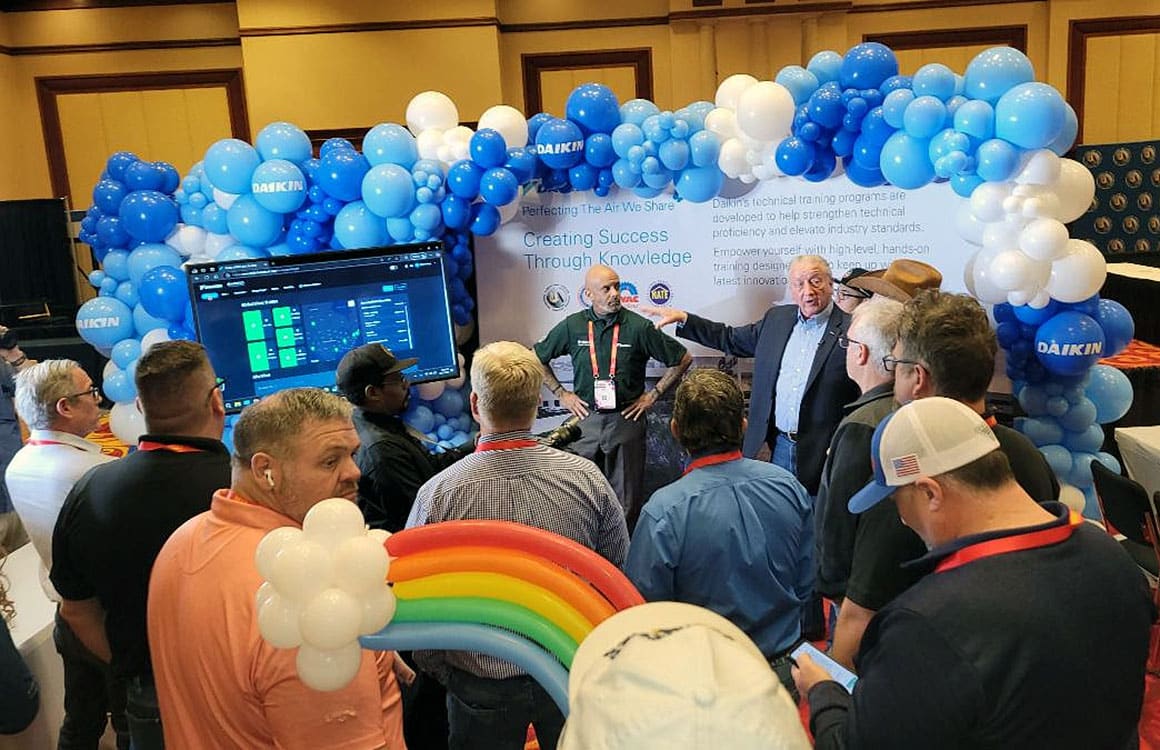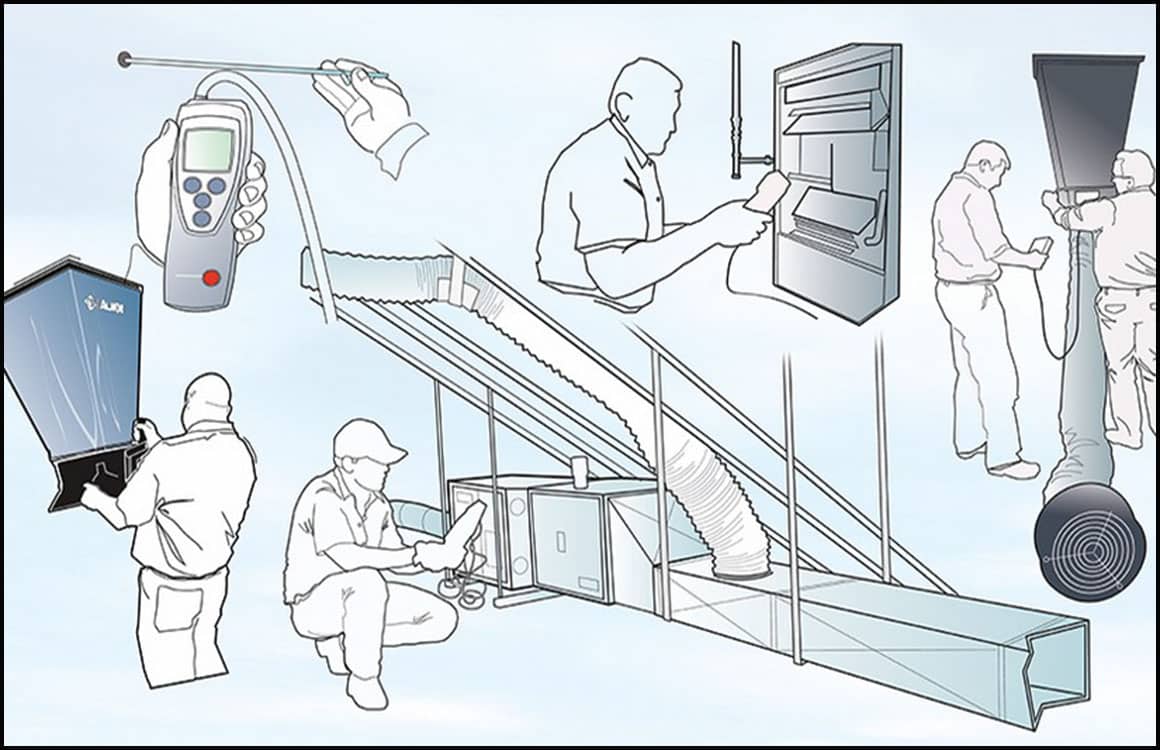The goal of installing an HVAC system is to provide a comfortable environment inside when it’s uncomfortable outside. Installing HVAC equipment is more than just taking out the old 3 ton and putting in the new one.

Our apprenticeship classes recently started the new year. I was listening to the students talk the other night while waiting for class to begin. They were discussing a job that just wouldn’t cool the house, they checked the subcooling and superheat, the delta T, all checked out, but the system wasn’t getting the house cool. I asked my favorite question, “What was the airflow?” I got the “uh-oh” look response. Turns out they did not check the airflow; this led me into another approach. I asked, “Did you know you could calculate the BTUH’s of that system?” It is very early in the 3rd year syllabus to talk about this topic, but it was a great opportunity to discuss.
That system could very well be undersized; however, without a proper diagnosis, it’s hard to know. I can’t count how many times I’ve come across a mis-matched system. It is very hard to know what the system is supposed to produce without an AHRI Rating. Additionally, blindly installing a system that’s the same size as what you are taking out is a gamble. We can fall into the “BTUH Trap”: a 3 ton nominally is 36,000 BTUH but the actual BTUH rating could be 32,000 on one system or 36,500 on another system. Or the structure could have gone through some changes like a new roof, new insulation, new windows etc…. all of which could change the load.
We can and should do a load calculation to know how many BTUH’s are required to condition the home. The standard is to maintain 75°F inside when it’s 90°F outside (ref. ACCA Manual J, Table 1. West Palm Beach, FL). Once we know the BTUH’s required we can diagnose the system. We can start by gathering the data we need to run a formula: Airflow (CFM), temperature difference across the coil and the enthalpy difference across the coil.
Here’s a quick explanation of how to collect this data. Airflow can be found by reading the external static pressure and comparing it to the manufacture’s published data. Or we can traverse the plenum then convert the velocity into CFM. To determine the temperature difference (∆t), we simply measure the dry bulb temperature in the return and again in the supply and find the difference. For the enthalpy difference (∆h) we measure the wet bulb temperature from the return and the supply. We then convert the wet bulb temperatures into enthalpy and find the difference. There are published tables to convert wet bulb temperatures to enthalpy, one of which is provided with this post (i.e. from the attached table, convert 56.5°F wet bulb to an enthalpy of 24.15 BTU /pound of dry air).
Upon collecting the information, we can determine the operating Sensible BTUH by applying the formula 1.08 x CFM x ∆t. We can find the Total BTUH by applying 4.5 x CFM x ∆h. With this information we can diagnose the system. Is it performing as published by the AHRI rating or is it deficient? If the system is not performing and is deficient in airflow for example, we can address the airflow issue. Remember the adage “we cannot properly charge a system without correct airflow”. You may be facing a complex issue where you need to correct the airflow, adjust the charge and then remeasure. As you can see from the formula and using simple multiplication, if the CFM is low the capacity will be low. On the other hand, the system may be operating at the rated capacity but it’s not enough to handle the load. The point of this exercise is to know what the machine is doing compared to what the load requires.
We should also be aware that the outside design temperature, 90°F in our example, is not the highest temperature we will experience. As an example, our past summer has broken a few temperature records, higher than the 90°F we use for design. If we designed a system to the warmest or coldest temperature, the system would be oversized for most of the year. My point in this discussion is to highlight the fact that the system may be doing all it can do but it’s warmer outside than the design temperature. If it’s 97°F outside and the homeowner wants to keep the house at 72°F the system may not have the BTUH to achieve the thermostat setpoint given the extreme outdoor temperatures.
I hope this information has added a few tools to your toolbox and you are better equipped to diagnose some of the trickier calls out there.
As always, be safe in all you do.
Kelly McCann is an accomplished Heating, Ventilation and Air Conditioning (HVAC) professional with over 30 years in the industry. He has experience in several capacities; installation, service, service management, O.E.M technical support and territory management. Kelly has also provided professional instruction since 2000, teaching at the Florida Air Conditioning Apprenticeship Association. His current position is Retail Sales Manager at Custom Mechanical Inc. in West Palm Beach, FL.







